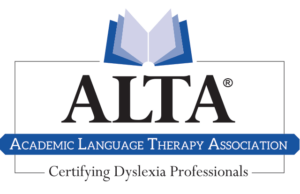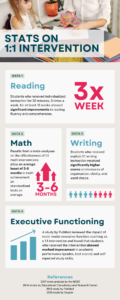No products in the cart.

Financial literacy instruction aim to teach students the skills and knowledge needed to make informed decisions about their personal finances. A typical financial literacy course may cover some the following topics:
Budgeting and Money Management: Students learn how to create a budget, track their spending, and manage their money effectively.
Saving and Investing: Students learn about the importance of saving, how to set financial goals, and the different investment options available to them.
Credit and Debt: Students learn about credit and how to use it responsibly, as well as the dangers of high-interest debt such as credit card debt and how to manage it.
Insurance: Students learn about the different types of insurance and how to assess their insurance needs.
Taxation: Students learn about the basics of taxation, including the types of taxes they may have to pay and how to file their taxes.
Consumer Awareness: Students learn how to protect themselves from scams and fraudulent activities, as well as how to make informed purchasing decisions.
The goal of financial literacy instruction is to equip students with the skills and knowledge they need to make smart financial decisions throughout their lives.
Check out our other resources or contact us to learn more.







No comment yet, add your voice below!